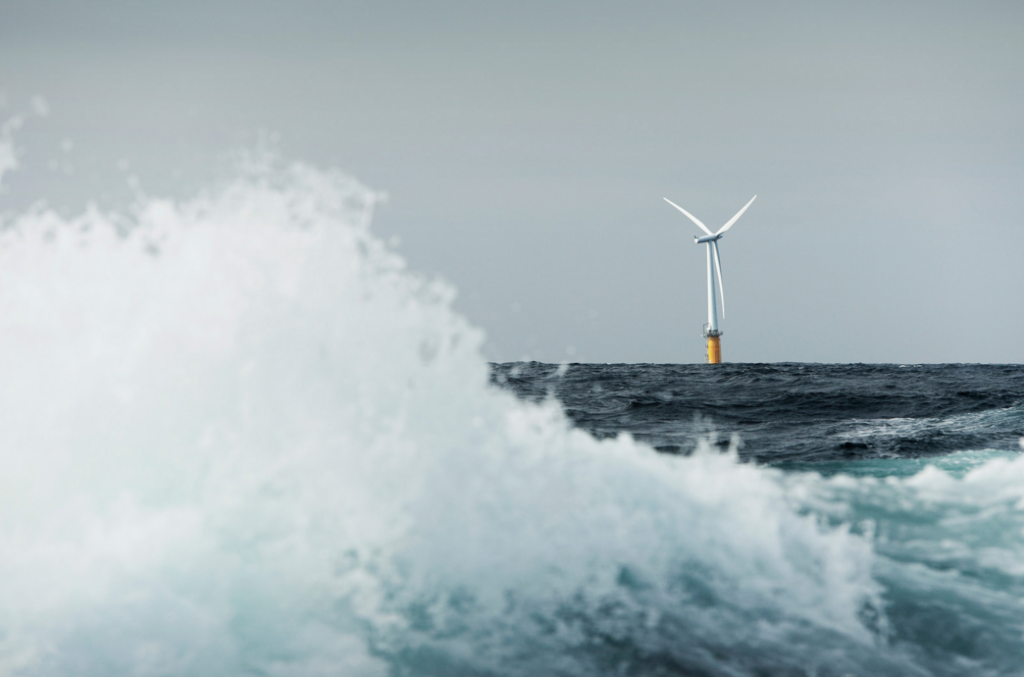
Data released today by wind energy policy group, Wind Europe, has recorded a 25% increase in offshore wind in 2017, with the UK a significant contributor to the growth.
The 13 European offshore wind farms completed in 2017 has resulted in a 3.1GW, taking total capacity to 15.8GW.
The increase has been down to a small concentration of Northern European countries such as the UK, Germany, Denmark, Belgium and the Netherlands who account for 98% of Europe’s total number of wind farms.
Currently boasting 4,000 offshore turbines, and with 11 new projects currently under construction, Europe holds some of the largest and highest capacity wind farms in the world.
Scotland has also introduced the world’s first floating offshore wind farm with the Statoil, Hywind development.
Giles Dickson, WindEurope CEO, said: “A 25% increase in one year is spectacular. Offshore wind is now a mainstream part of the power system. And the costs have fallen rapidly. Investing in offshore wind today costs no more than in conventional power generation. It just shows Europe’s ready to embrace a much higher renewables target for 2030. 35% is easily achievable. Not least now that floating offshore wind farms are also coming on line.”
“We’ll see further growth in 2018 and 2019. But the longer term outlook for offshore wind is unclear. Very few countries have defined yet what new volumes they want to install up to 2030. The National Plans governments are preparing under the Clean Energy Package will tell us more.
“The message to Governments as they prepare their plans is ‘go for it on offshore wind’: it’s perfectly affordable and getting cheaper still; it’s a stable form of power with increasing capacity factors; and it’s ‘made in Europe’ and supports jobs, industry and exports”.
Stephanie Conesa, policy manager at Scottish Renewables, said: “Scotland is home to approximately 25% of Europe’s offshore wind resource and we are now starting to build out projects which will harness this potential.
“The Beatrice project in the Moray Firth is forging ahead, Statoil’s world-leading Hywind is now generating electricity and the contract awarded to the 950MW Moray East project by the UK Government in 2017 showed the impressive cost reductions which are possible in the sector.
“Companies across Scotland are already benefiting from these projects, while ports like Nigg and Wick and coastal towns including Campbeltown and Stornoway are seeing investment, development and jobs.
“Other parts of the supply chain, too, are developing apace, with companies such as Edinburgh’s Limpet Technologies developing innovative systems to protect the offshore wind workforce of the future.
“The Scottish Government has shown its ambition to generate the equivalent of half of all energy consumed from renewable sources by 2030 and offshore wind can play a key role in meeting that ambition, as well as the UK’s wider climate goals and our international commitments under the Paris Agreement.”
Recommended for you
